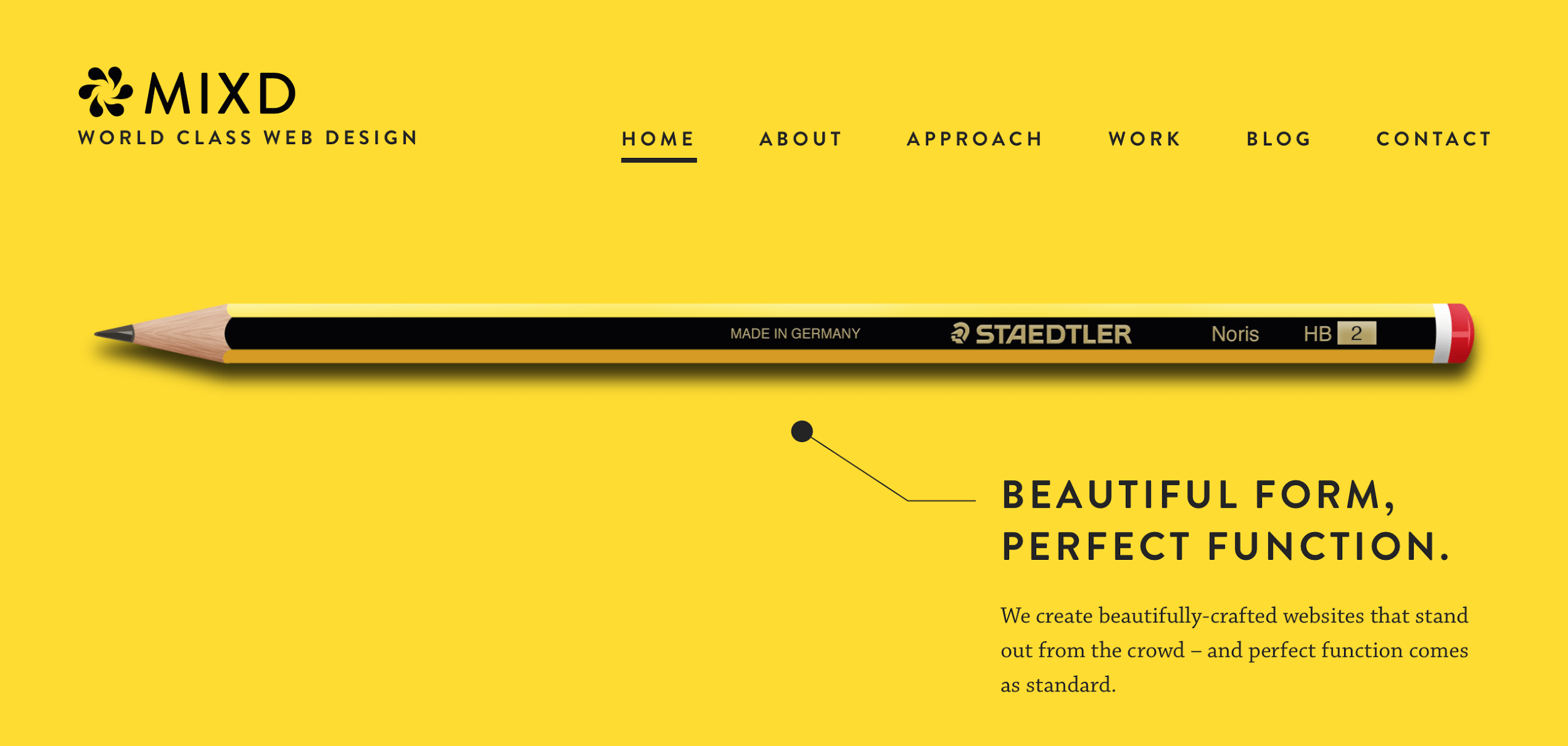Buzz Haven: Your Source for Trending Insights
Stay updated with the latest buzz in news, trends, and lifestyle.
Less is More: The Beauty of Minimalist Web Design
Discover how minimalist web design can elevate your site's beauty, enhance user experience, and boost engagement. Less truly is more!
The Principles of Minimalist Web Design: Less Clutter, More Impact
Minimalist web design is a philosophy that emphasizes the importance of simplicity and functionality in creating visually appealing and user-friendly websites. By stripping away unnecessary elements, designers can ensure that the core message of the site comes to the forefront. This approach not only makes the site easier to navigate but also enhances loading speed and improves overall user experience. Key principles of this design style include a limited color palette, ample white space, and the use of clear typography, all working together to create a cohesive and engaging design.
To achieve the best results with minimalist web design, it is crucial to focus on what truly matters. Prioritizing content means conveying information clearly and concisely. Here are some strategies to embrace this design approach:
- Limit Your Color Palette: Choose a few complementary colors that reflect your brand identity.
- Use Whitespace: Emphasize elements by creating breathing room, making your content more digestible.
- Prioritize Typography: Select fonts that are legible and complement your design without overwhelming it.
By following these simple yet effective principles, you can create a website that resonates with users, proving that less is indeed more.

How Minimalist Design Enhances User Experience: Key Benefits
Minimalist design is a powerful approach that prioritizes simplicity and functionality, which significantly enhances user experience. By reducing visual clutter, users can navigate websites and applications more efficiently, allowing them to focus on the content that truly matters. This design philosophy promotes intuitive navigation and clear messaging, ultimately leading to higher engagement rates. When elements are streamlined, users are less likely to feel overwhelmed, which diminishes cognitive load and fosters a more enjoyable interaction with the interface.
Moreover, the aesthetic appeal of minimalist design often results in faster loading times and improved responsiveness. In a digital landscape where users expect immediate access to information, a clean design can substantially decrease bounce rates. According to various studies, users are more likely to stay on a site that offers a coherent and straightforward layout. Thus, embracing minimalism not only enhances functionality but also elevates the overall aesthetic, creating a seamless experience that resonates with modern audiences. In summary, minimalist design is key to optimizing user experience by promoting clarity, speed, and engagement.
Is Minimalist Web Design Right for Your Brand? Exploring the Pros and Cons
Minimalist web design emphasizes simplicity, functionality, and clean aesthetics, making it a popular choice for many brands. One of the major advantages of this approach is its ability to enhance user experience; when a website is clutter-free, visitors can easily navigate and find the information they seek. Additionally, minimalist designs can lead to faster loading times and improved performance, which are crucial factors in retaining visitors. However, it's important to consider whether this style aligns with your brand's identity and message, as some businesses may benefit from a more intricate design that showcases their unique offerings.
On the flip side, there are several potential drawbacks to adopting a minimalist web design. For brands that rely on visual storytelling, a simplistic approach might fail to convey their full narrative, leaving customers wanting more. Furthermore, if your brand competes in a saturated market, a minimalist design may not stand out enough to capture attention. It's essential to evaluate your target audience and brand vision when deciding if this design philosophy is right for you. Ultimately, weighing the pros and cons will help you determine the most effective web design strategy for your brand's growth.